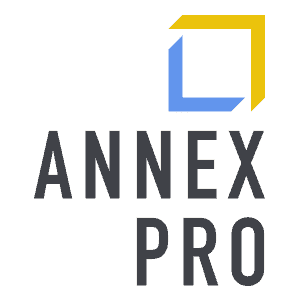Lessons Learned in Game Art Production
Subscribe to our newsletter to be the first to learn about upcoming events and exclusive offers.

Lessons Learned in Game Art Production
By Pamela Park
Black River Studio’s Senior game artist, Ricardo Bess, works primarily on the studio’s mobile and VR games. As senior game artist, he’s responsible for bringing the art styles envisioned by the game designers to fruition. He also creates screen mockups, storyboards, animatics, paint-overs, concept art, UI, and level blockings that help both the game designers and artists understand and agree upon the visual goals of each project.
The Situation
We had a rough start, I was new to the company and the art team was trying to figure out the overall look of the game, but we didn’t have a clear understanding of it, so it was hard to evaluate what we were trying to achieve. I had proposed a stylized approach to the art, but this didn’t resonate with many of the team members.
At this point, we had developed a simplified scene to help us envision what the game would look like, and a not-very-successful proof of concept.

Some of the visual development created by the whole art team


Diagram showing the game flow
The Beat Board

At the time I didn’t have a VR headset to test the level design, so I managed to use a workaround: the game locomotion was based on waypoints (to avoid motion sickness), and I used these waypoint positions as cameras to check the level design. Though it was still a flat screen, it was the most precise way I had to exactly mimic the player viewpoint. Because of this workaround, we avoided problems we’d normally face during the proof of concept phase (when the game designers laid out the standalone levels) and, although this freed the artists to work on other things, it made the levels lack in appeal and staging.
We continued this process till we had all the outdoor parts of the level blocked. Next the project tech artist made a first pass at the lighting, trying to achieve the overall mood indicated by the beat board.

Images of the lighting first pass.
Lessons learned
1. It’s OK to change the core of the game, but never lose sight of what the stakeholders are expecting for the final product.
2. Always plan to make a game whose production fits the time you have. Maybe you just don’t have the resources you need to make the masterpiece you want to.
3. I didn’t expect the art team would react so negatively to the art I was proposing. I tried to show top industry artists as reference, I was looking for fast producing assets and pipelines, and yet almost everyone was turning their noses up at my ideas. It’s essential to spend some time knowing the team before getting into production.
4. Make sure everybody can visualize the end product (especially those directly involved with the end look of the game). This sets a goal and when the team knows what has to be done, they can spend their time doing it.
5. Try to discover what is preventing people from doing their work and fix it (even if it is not your job to do so). Sometimes designers don’t feel comfortable working in the game engine, so be their hands for them. Sometimes 3D artists need an asset list of what has to be modeled, so take 15 minutes and make the list for them.
6. Production time cuts and team members being reallocated to other projects are problems. Most of the time you can’t do anything but cut content to make deadlines attainable.
About Black River Studios
Black River Studios is a Brazilian game company established in 2015 that develops awesome digital entertainment experiences utilizing cutting edge technologies. They are the creators of critically-acclaimed games such as: Jake & Tess’ Finding Monsters, Rock & Rails, Angest, and Conflict0:Shattered.
The studio specializes in creating games for Virtual Reality and Mobile devices which are both highly immersive and entertaining.

